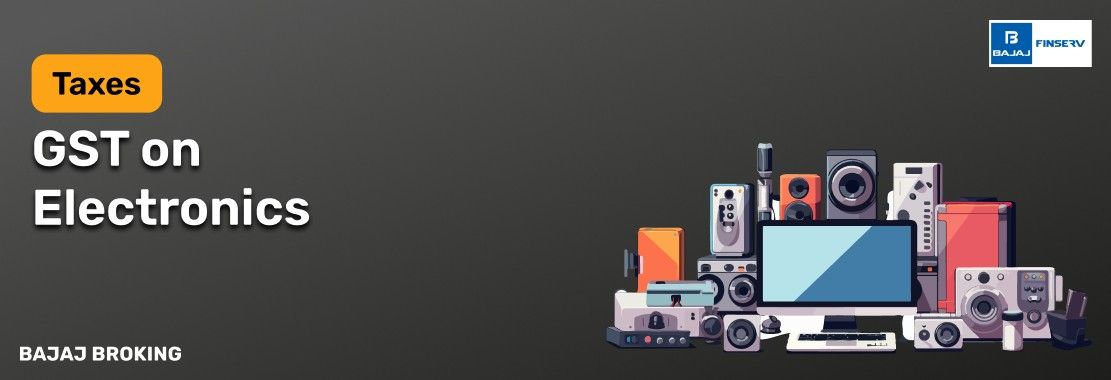Goods and Services Tax (GST) has streamlined India’s indirect tax system by subsuming multiple taxes into a single unified framework. Electronics, being a major consumer category, fall under various GST slabs depending on the product type.
Before GST, electronic items attracted different state and central taxes like VAT, excise, and octroi. GST replaced these with a unified structure, improving tax compliance and reducing cascading effects. However, due to the wide range of electronics from basic appliances to high-end gadgets, the rates vary. GST rates on electronics range from 5% to 28%, depending on the item and its classification under HSN codes.
What is GST on Electronics?
GST on electronics is determined based on the type and usage of the product. The most common slabs applicable are 18% and 28%. Products like mobile phones, printers, and refrigerators fall under the 18% bracket, while luxury items like air conditioners, high-end TVs, and dishwashers attract 28%.
GST also applies to accessories and parts such as chargers and cables, usually at the same rate as the main item. Further, specific electronic components for manufacturing may be taxed at 12%. The tax is collected at the point of sale and passed on to the government by the seller. Businesses must use correct HSN codes to ensure proper classification.
Impact of GST on the Electronics Industry
Unified Tax Structure: GST eliminated multiple cascading taxes, simplifying tax collection for electronics manufacturers and retailers.
Improved Logistics: Input tax credit and one-nation-one-tax helped streamline supply chains, reducing warehousing costs.
Compliance Costs: While GST reduced tax complexity, it increased documentation and filing obligations for small traders.
Price Stabilisation: For some categories, overall tax incidence decreased post-GST; however, high-end products saw price hikes due to higher slabs.
Boost to Domestic Manufacturing: GST made domestic production more competitive by reducing tax overlap and allowing credit across the supply chain.
The industry had to adapt to new billing systems, updated invoices, and HSN classification, but over time, it improved transparency and tax efficiency.
Impact of GST on Consumer Electronics
Pricing Variations: Essential electronics like smartphones are taxed at 18%, while premium products like large-screen TVs and washing machines are taxed at 28%.
Effect on Buying Patterns: GST may have initially caused price hikes for specific items, but consistent rates have brought predictability.
Input Tax Credit Benefit: Retailers and sellers can now claim input credit on taxes paid during procurement, reducing overall business costs.
After-Sales Services: GST also applies to electronic repair services and extended warranties, often at 18%, adding to the final bill.
E-commerce Transactions: Uniform tax rules help streamline online electronics purchases across states.
Consumers now see GST as an embedded part of the final price tag, but understanding the slab can still help with budgeting.
Read Also - What is a GST Invoice
Conclusion
GST has brought clarity, consistency, and structure to the taxation of electronics in India. With different slabs applied based on product categories, both consumers and businesses benefit from simplified taxation and reduced cascading effects.
However, higher tax rates on premium electronics have affected pricing and affordability. For buyers, knowing the GST slab on products helps anticipate the final cost. For sellers and manufacturers, it is crucial to follow HSN classification, claim input credits, and remain compliant with regular filings. GST’s long-term impact continues to evolve with changes in consumer behaviour and policy adjustments.





